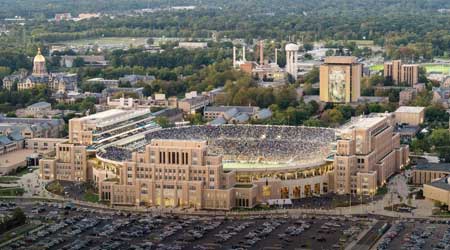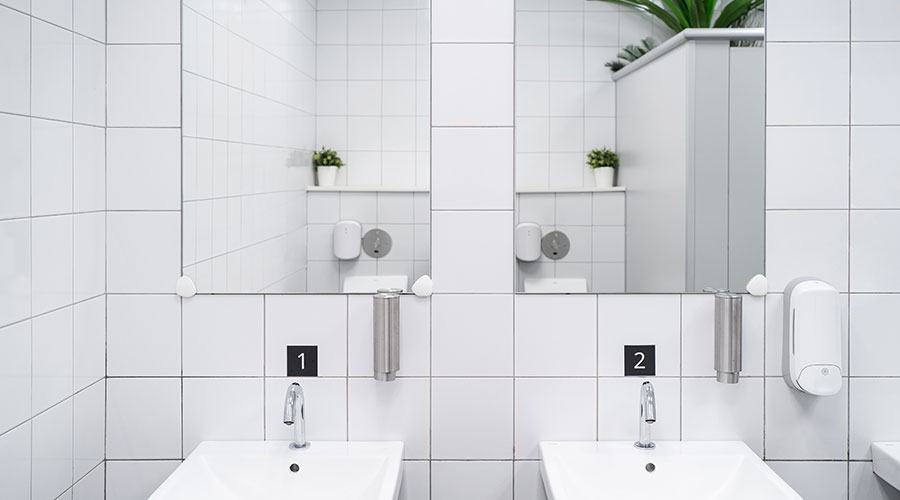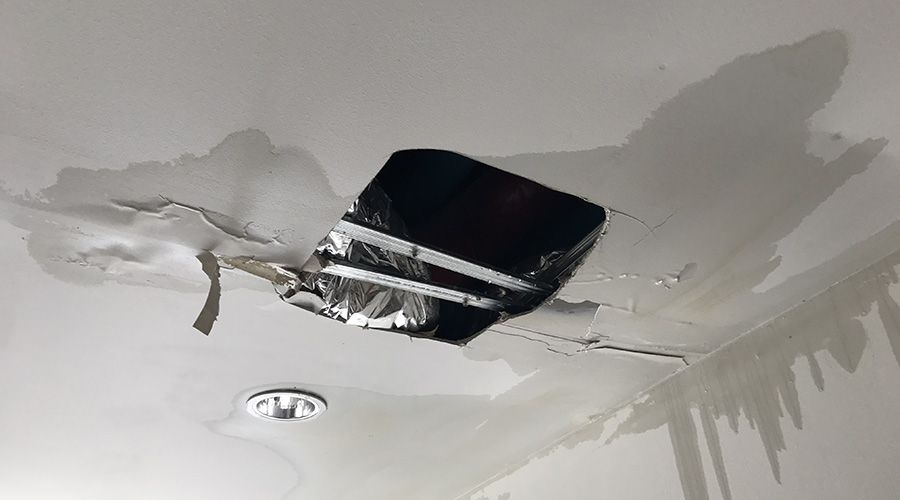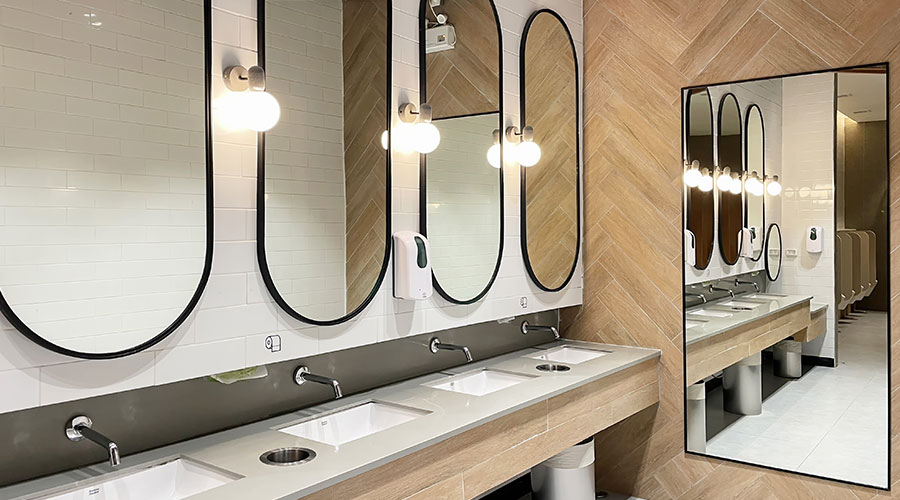 Plumbing and restroom upgrades at Notre Dame Stadium have saved more than $200,000 and enabled the maintenance department to perform needed work elsewhere on campus.
Plumbing and restroom upgrades at Notre Dame Stadium have saved more than $200,000 and enabled the maintenance department to perform needed work elsewhere on campus.Plumbing Upgrades Improve Notre Dame's Bottom-Line
In January 2014 the University of Notre Dame Launched a $400 million renovation project called the Campus Crossroads Project.
In January 2014, the University of Notre Dame launched a $400 million renovation to Notre Dame Stadium and nearby buildings — the Campus Crossroads project. This expansion features three, eight-story buildings and added more than 750,000 square feet of teaching, research, and performance space.
“Not only was the Campus Crossroads Project historic from a size and magnitude for the university, but when you add in the stadium and the other buildings in that construction project, it really was an unprecedented amount of growth for the university in a two- or three-year period of time,” says Mark Hummel, who is the university’s assistant director of utilities and maintenance. “We added more than 15 percent to campus, which in some ways seems like a small number. But when you consider the campus has been here for 175 years, adding 15 percent in that amount of time is absolutely unprecedented.
“It is just a historic amount of construction for the university, not only from a project basis but blended with the other construction going on at one period of time.” The Campus Crossroads Project was designed bring students to an area of campus that traditionally has been only used seven times a year on Saturday game days in the fall. In addition to engaging with students year round, Hummel and his staff took their sustainability and energy efficiency efforts one step further. The three new buildings attached to Notre Dame Stadium have earned LEED certification.
“All of the new building are LEED certified,” Hummel says. “LEED Silver is kind of our standard design criteria. Sometimes, we will get enough points to be gold. The other main benefit was to draw campus users to the areas of that are not used very often.
“This is a location that 95 percent of campus can walk to in 15 minutes. They found that it was such a large piece of real estate that it was more of a black hole on campus than it was a venue for people. With that proximity, the concept evolved to build these three facilities that made it more of a focal point for campus.”
— Ryan Berlin
Related Topics:















